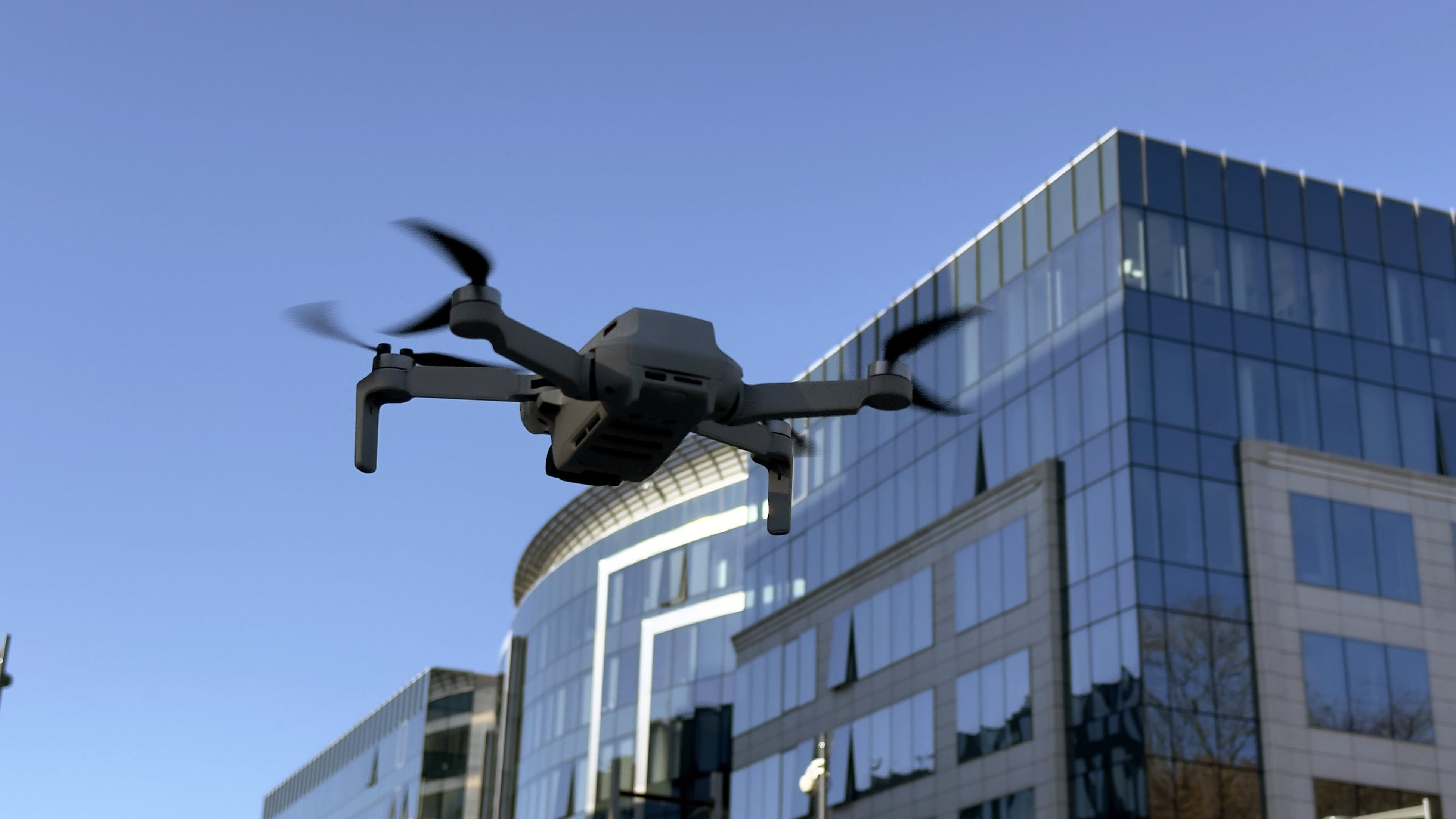


Space
Kongsberg, Helsing team up for European satellite-intel constellation
The cooperation will include setting up local satellite production in Germany to create “a self-reliant European defense capability,” the companies said.

Drones fly over French strategic nuclear submarine base, media report
The drones were “neutralized,” daily Liberation reported, with the newspaper saying the usual procedure involves jamming.
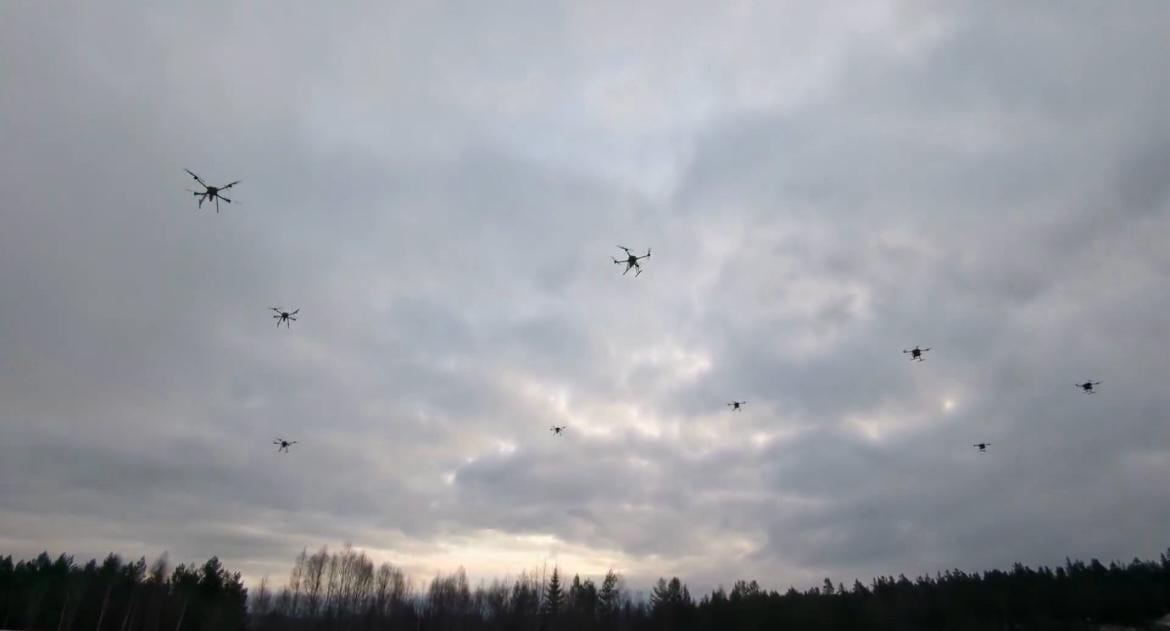
France is two years from fielding drone swarms in its armed forces
“Obviously, in a dehumanized combat, there’s a sort of coldness behind it all that somewhat gives you goosebumps," a French Army official predicted.
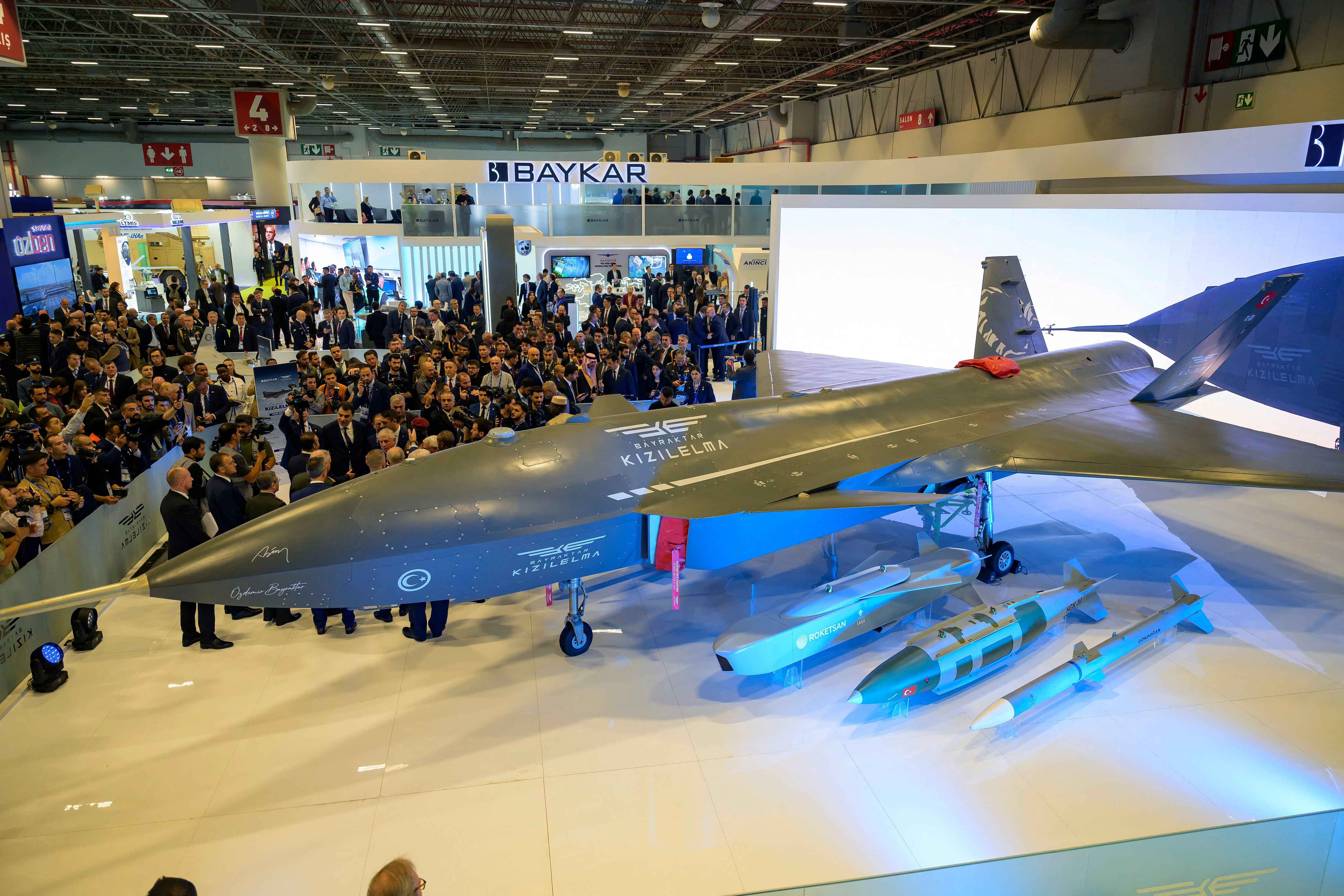
Turkey’s Kızılelma combat drone hits test target in all-Turkish setup
The Nov. 29 test, which fell on what some in the U.S. might call Turkey Day weekend, marked the first time the drone struck an aerial target beyond sight.
SPECIAL FEATURES

DOD’s Cyber Workforce Challenges
This whitepaper explores how the DoD can close the cyber workforce skills gap, how ‘upskilling’ protects national security in the digital age, and more.

Register: Defense News Conference 2025
Military, government and industry leaders will gather to discuss the hot topic of "Deterring Threats from the Indo-Pacific"

DOD 8140 Compliance Guide for Cyber Workforce Leaders
A break down of what 8140 requires, highlighting where teams get stuck, and how you build a plan that gets your workforce qualified.

Whitepaper: How Modular Systems Help Ensure Defense Readiness
Learn how a Modular Open Systems Approach avoids proprietary lock-in, how ease of sourcing replacement parts helps ensure readiness, and more.
Space

Kongsberg, Helsing team up for European satellite-intel constellation
The cooperation will include setting up local satellite production in Germany to create “a self-reliant European defense capability,” the companies said.
Artificial Intelligence

New lab offers generative AI for defense wargaming
The hope is that AI players are realistic enough to facilitate the creation of multiple strategies during a wargaming exercise.
Unmanned
Belgium doubles down on drone defenses following mystery flights
The ramp-up is part of the country’s €50 million ($59 million) anti-drone plan in the wake of a recent surge in illegal drone overflights.

Drones fly over French strategic nuclear submarine base, media report
The drones were “neutralized,” daily Liberation reported, with the newspaper saying the usual procedure involves jamming.

France is two years from fielding drone swarms in its armed forces
“Obviously, in a dehumanized combat, there’s a sort of coldness behind it all that somewhat gives you goosebumps," a French Army official predicted.

Unmanned
Turkey’s Kızılelma combat drone hits test target in all-Turkish setup
The Nov. 29 test, which fell on what some in the U.S. might call Turkey Day weekend, marked the first time the drone struck an aerial target beyond sight.

Danish, UK firms rush counter-drone takeover amid airspace breaches
Recent incursions have exposed speed of detection as a key gap in defending against drones, leaving security personnel unaware of threat types.
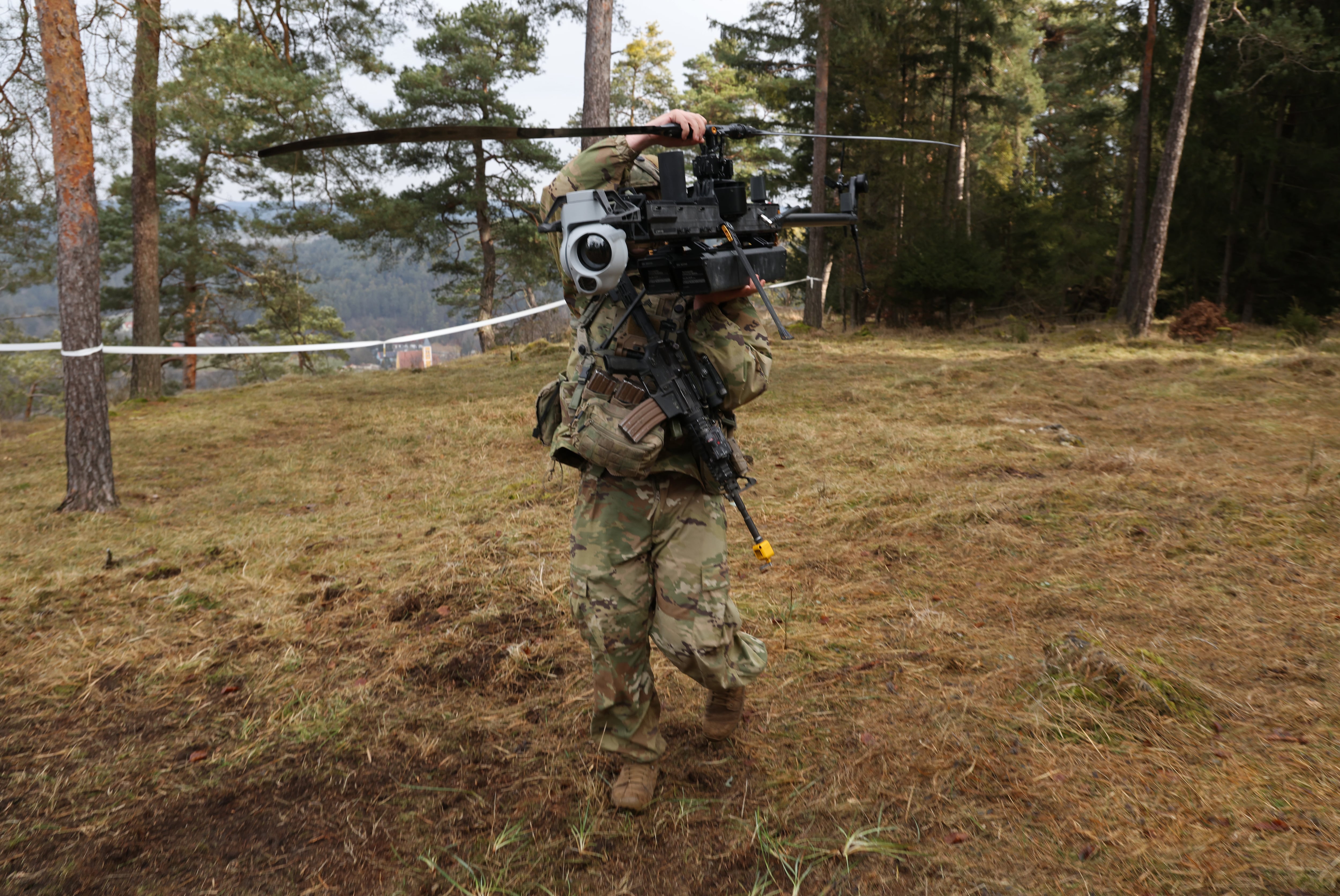
Awash with defense cash, Poland rolls out red carpet for US tech firms
U.S. companies Anduril and Palantir are finding money and a proximity to operational military structures in Warsaw's military boost.
Cyber
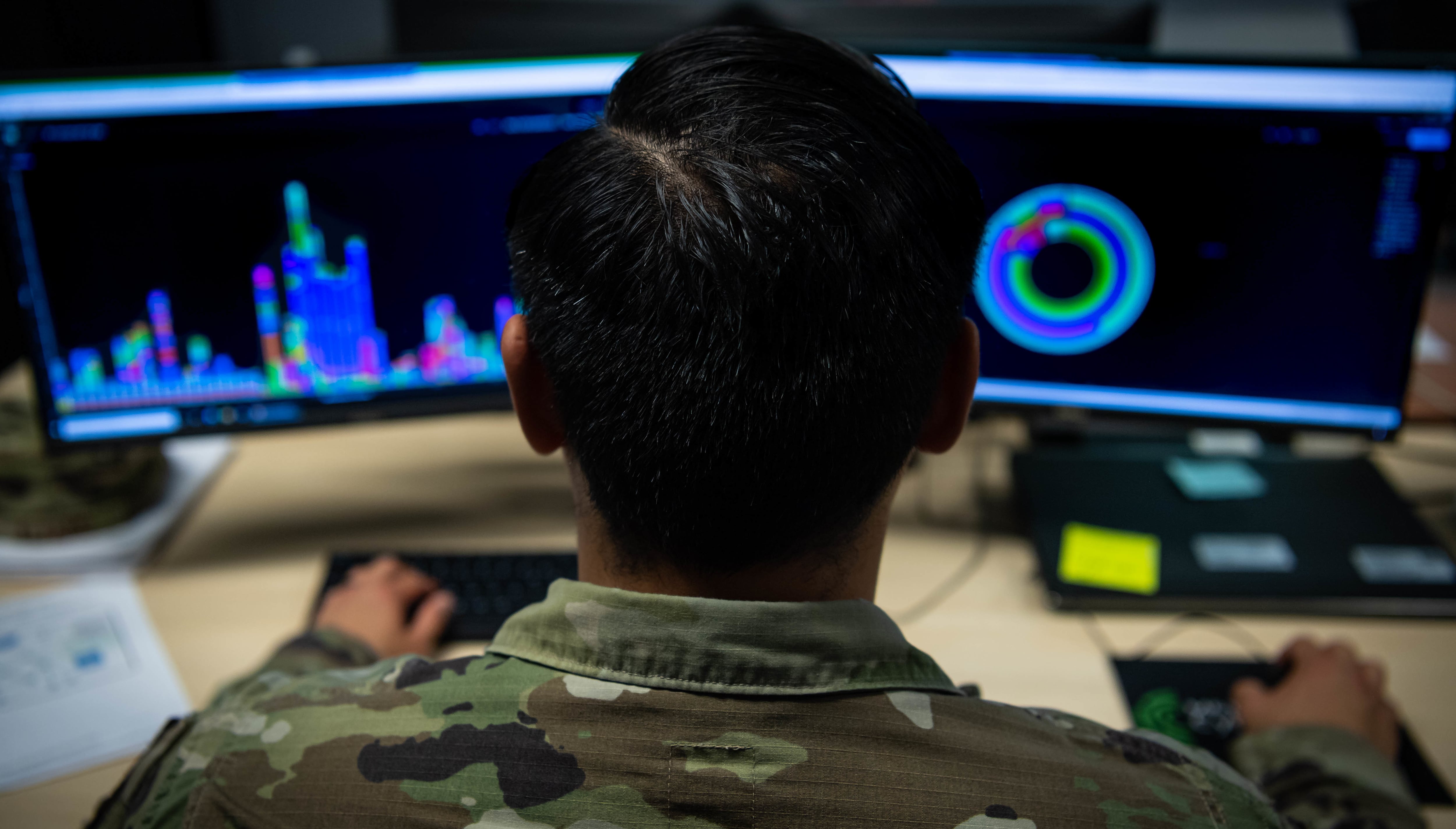
Pentagon must do better to safeguard public information, GAO warns
Of 10 DOD components assessed, only U.S. Special Operations Command was found to have consistently trained troops about the risks of digital information.
Electronic Warfare

Pentagon’s realistic electronic warfare system to move to Navy lab
DARPA says it has built the world’s largest, most realistic electronic warfare test capability.
VIDEOS
New ways for vets to connect and protect | Defense News Weekly Full Episode 12.6.25
New, innovative services for vets with a range of interests are on tap at MCON 2025. Plus, the latest in defense contracting. That and more in this episode.
Trending Now
More Stories
Danish, UK firms rush counter-drone takeover amid airspace breaches
Recent incursions have exposed speed of detection as a key gap in defending against drones, leaving security personnel unaware of threat types.
Awash with defense cash, Poland rolls out red carpet for US tech firms
U.S. companies Anduril and Palantir are finding money and a proximity to operational military structures in Warsaw's military boost.
Dutch to cobble together mobile anti-drone system to plug C-UAS hole
The systems will be put together from various military off-the-shelf components, including a wheeled armor vehicle and a remote-controlled weapon station.
Lithuanian startup rushes strike drones to Ukraine – in fluffy padding
“It comes down to the tiniest considerations – for example, the packs that the drones are transported in," said Granta Autonomy's Laurynas Litvinas.
UK Royal Navy to equip MBDA’s drone-frying lasers by 2027
The company won a contract worth the equivalent of $414 million to make it so.
Belgium buys drone-on-drone tech made in Latvia
The interceptor features safety controls so operators can cancel an attack and order it to come back, or it can self-neutralize if things go wrong.
ICEYE sees role as Europe’s defense space-intelligence linchpin
The Finnish firm eyes a satellite fleet large enough to enable ‘tactical’ ground operations without relying on US data.
Anduril, UAE’s Edge unveil transformer drone for hovering, fast flight
The system, dubbed Omen, is the first of many platforms that the companies plan to develop and produce under their new joint venture.
Vendors’ push to drone-proof vehicles with nets goes beyond Ukraine
Netting and cages have proven effective in Ukraine in keeping warheads from penetrating vehicle walls.
Romania finds possible drone shreds after Russian strikes on Ukraine
Breaches of Romania’s airspace by drones have become increasingly frequent as Russia targets Ukrainian Danube River ports just across the border.
By AP Staff
German Luftwaffe dispatches drone-defense experts to help Belgium
Brussels had requested assistance from Germany following a “significant increase” in sightings of unidentified unmanned aerial vehicles.
By Linus Höller
Of fiber-optics and FPVs – 6 questions with a Ukrainian drone trainer
Unmanned FPV motherships are on the rise, as operators face an intense cat-and-mouse game on frequency jamming and exploiting momentary vulnerabilities.
GCAP fighter jet designers push to keep weapons, drone options open
Integrating a variety of collaborative combat aircraft and optimizing munitions costs are key objectives in the UK-Japanase-Italy program.
By Tom Kington
Russia starts grading its provinces on drone production, training
Starting next year, participating in the scoring will be mandatory for all of Russia’s constituent parts.
By Linus Höller
Anduril’s drone wingman begins flight tests
Anduril emphasized the semiautonomous piloting of its YFQ-44A collaborative combat aircraft in its first flight test.
To coordinate strikes from space, US needs space JTACs, experts argue
Soon after planes were first used in war, there were specialists on the ground coordinating strikes. Space-based weapons could one day yield new observers.
By Michael Peck




